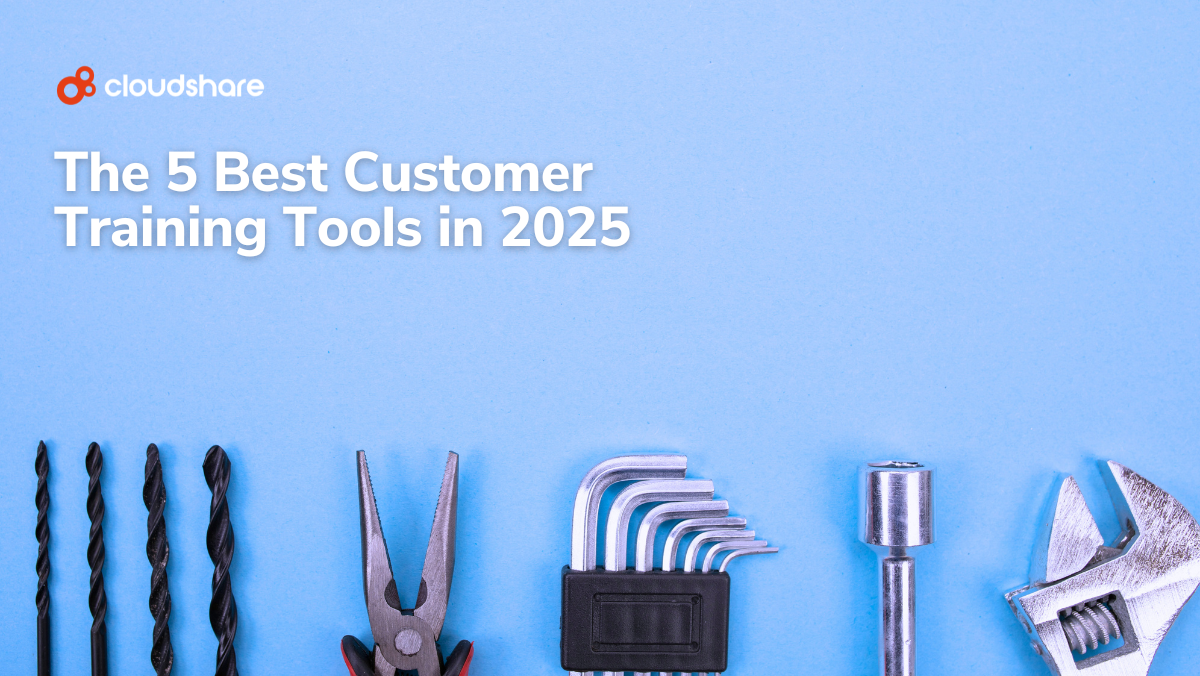Glossary
Learning Modalities
What Are Learning Modalities?
Learning modalities, also known as education modalities, are the different ways in which people absorb, understand, and retain information.
While the concept of the training modality dates back to at least the 1920s, it was popularized by Neil Fleming’s VARK model in 1987. Fleming’s model suggests that people prefer certain modalities based on how they best acquire and process information.
Even today, the idea is popular in corporate learning and development, but little quantifiable evidence supports the VARK model or the broader concept of learning styles.
It’s therefore typically used to inform instructional design rather than as the sole foundation.
The 4 Types of Education Modalities
According to the VARK model, there are four types of learning modalities:
- Visual
- Auditory
- Reading/Writing
- Kinesthetic
Most people do not fit into one modality, but instead perform well in several. These multimodal individuals reportedly make up roughly 66% of all learners.
Visual: Learn by Seeing
Visual learners tend to have strong observational skills and spatial reasoning. They thrive when information is presented in graphic form, and common visual training materials include pictures, diagrams, videos, and charts.
Auditory: Learn by Hearing
Auditory learners typically have excellent aural memory. They retain information best when presented to them in an audible format, such as a podcast, lecture, or audiobook. They also tend to perform well in oral exams and as presenters.
Reading and Writing: Learn Through Text
Reading/writing learners perform best when information is presented in written form. They tend to excel in textual analysis and are skilled note-takers. Common preferred training materials include articles, textbooks, and written step-by-step guides.
Kinesthetic: Learn by Doing
Kinesthetic learners prefer hands-on training, particularly physical activities. They retain the most information when engaging with a topic through simulations, interactive tasks, or role-playing exercises. They also tend to have better hand-eye coordination and spatial awareness.
Why Do Training Modalities Matter?
While learning modalities aren’t sacrosanct, they still play an important role in developing a corporate learning strategy. Understanding what your audience prefers can help you develop more effective training. What’s more, helping learners understand their own preferences can help them develop more effective study habits.
Additionally, combining knowledge of education modalities with adaptive learning enables a more dynamic, personalized approach to training.
Common Myths About Learning Modalities
Given how long they’ve existed as a concept, it’s unsurprising that there are several misconceptions about training modalities. Some of the most common include:
- Everyone has only one dominant learning style: roughly 66% of learners are multimodal.
- Modalities must be kept separate: blending learning modalities is generally more effective than focusing training on a single modality.
- Preference is the only metric for effectiveness: while a learner may perform better with their preferred modality, it’s not always the most effective approach to training.
- You must (manually) create unique content for each audience: personalization is an incredibly effective learning strategy, but it’s difficult to pull off by hand. Artificial intelligence is immensely helpful in developing more dynamic training content.
Choosing the Right Training Modalities
To choose the most effective learning modalities for your organization, consider the following:
- What is the goal of this training?
- Who is your target audience?
- What makes your training relevant to your audience?
- How important is this training in the context of long-term business objectives?
- How will you measure progress?
- What resources can you afford to dedicate to your training?
- What e-learning tools are you currently using?
- What learning modalities does your audience generally prefer?



